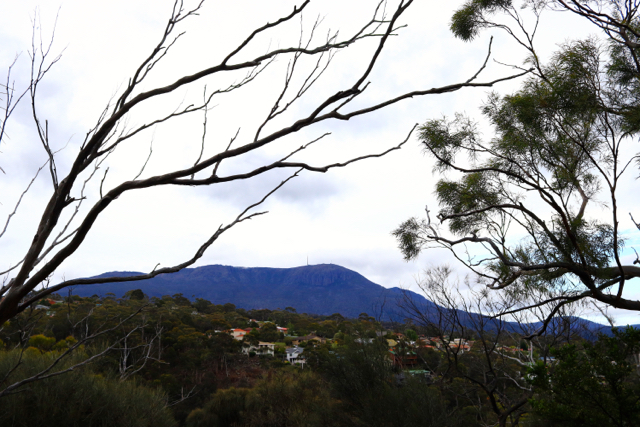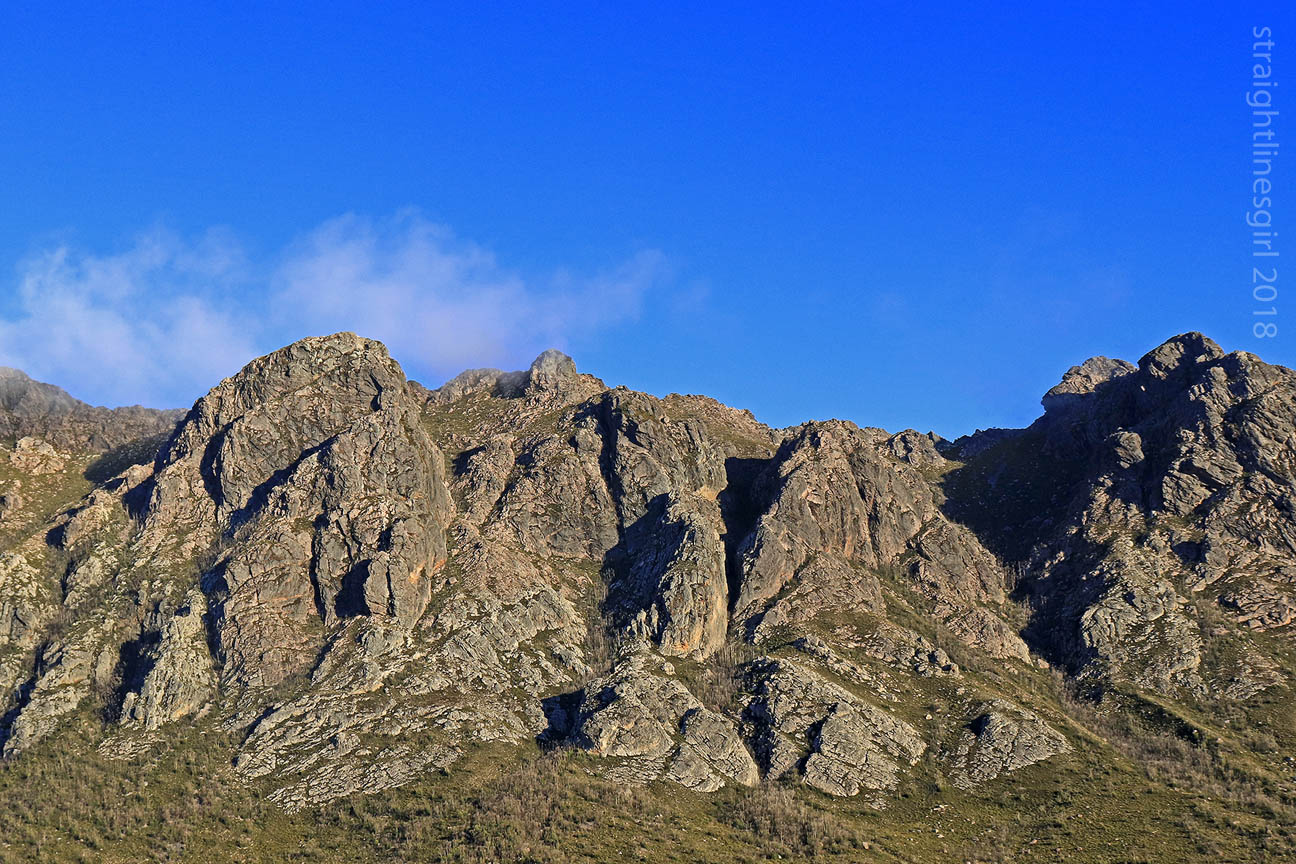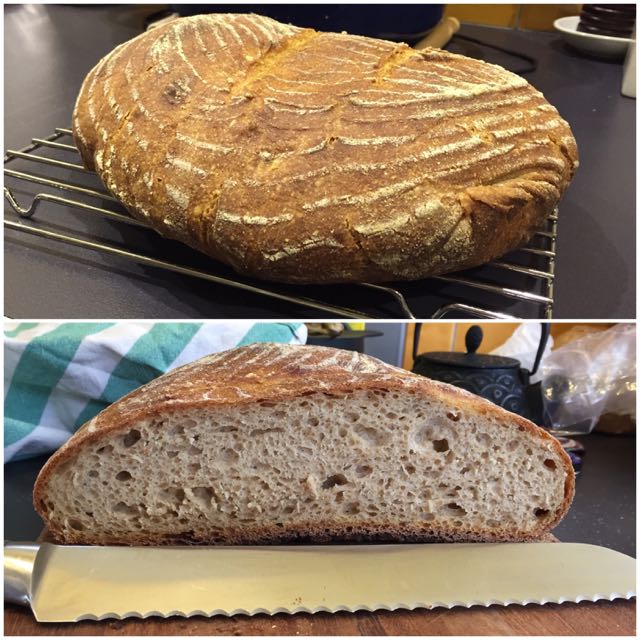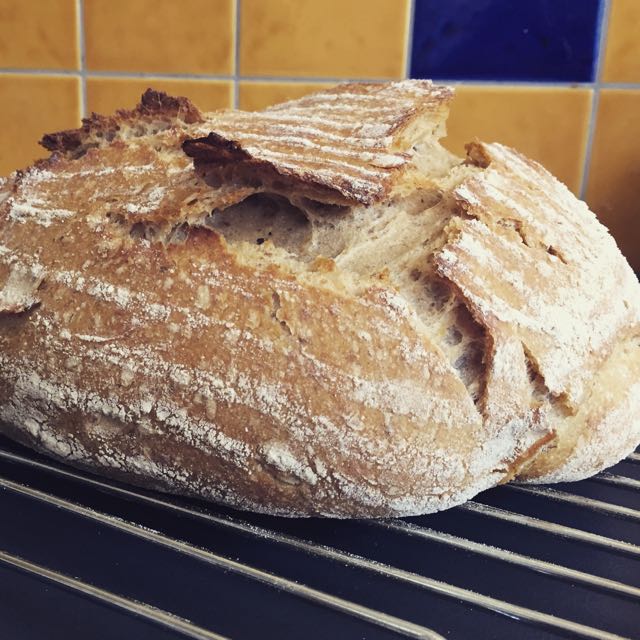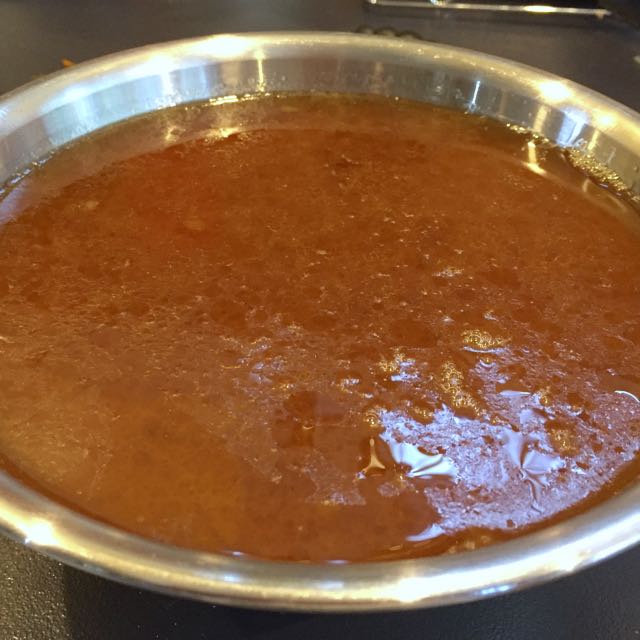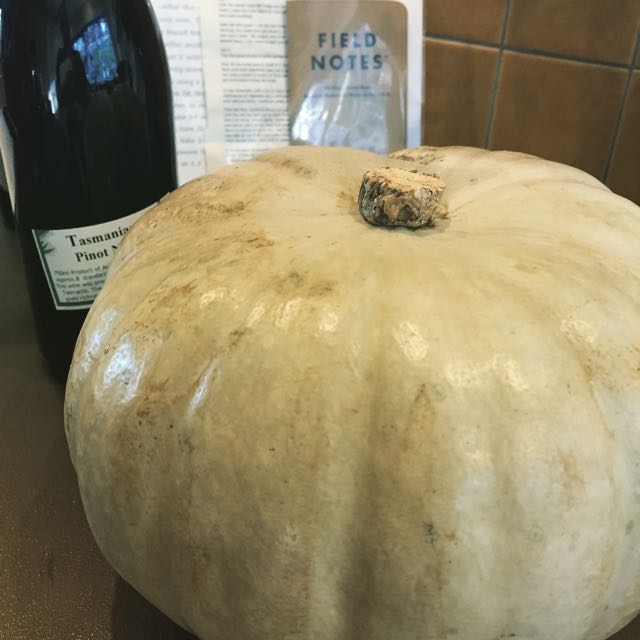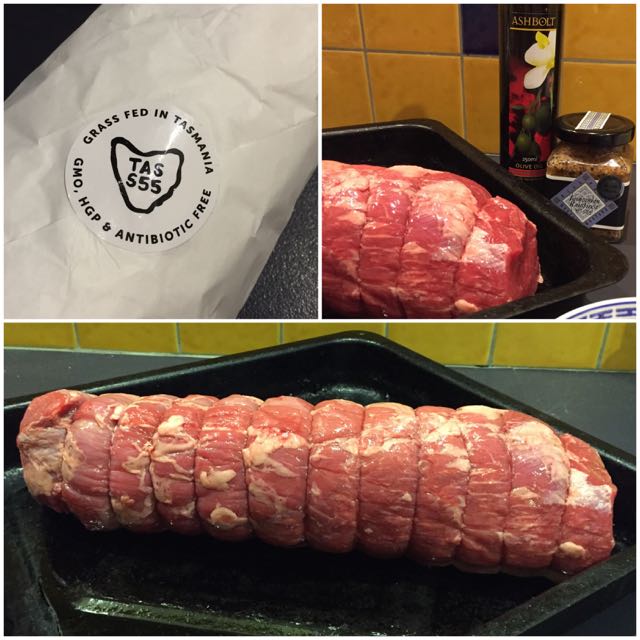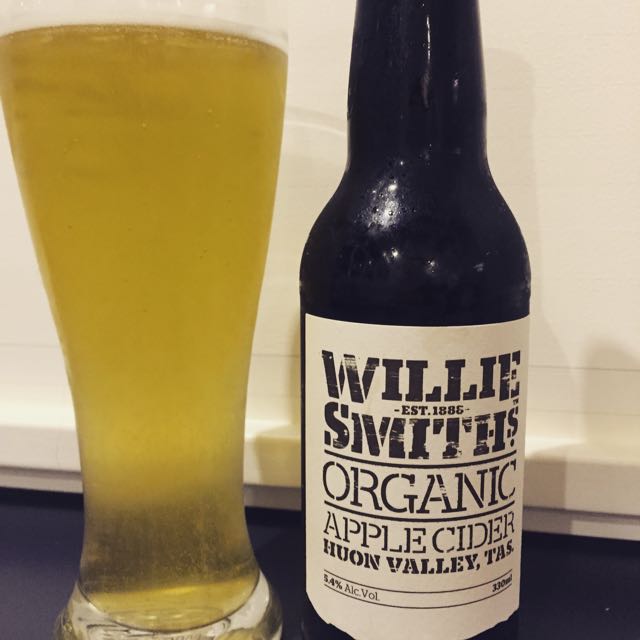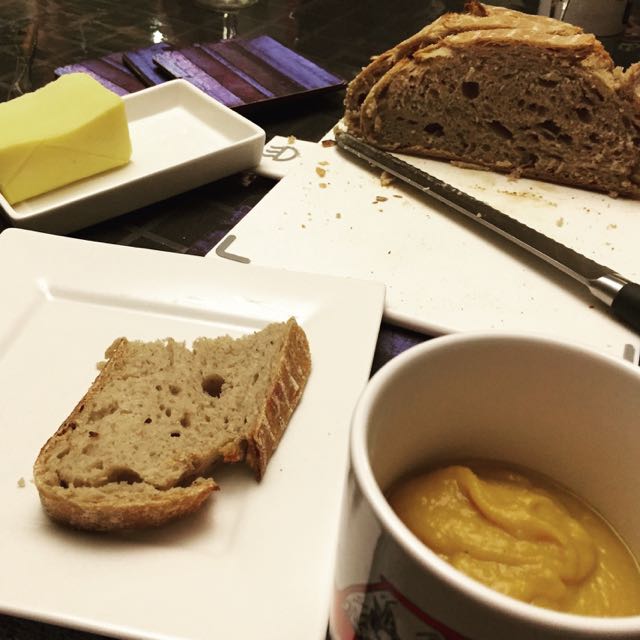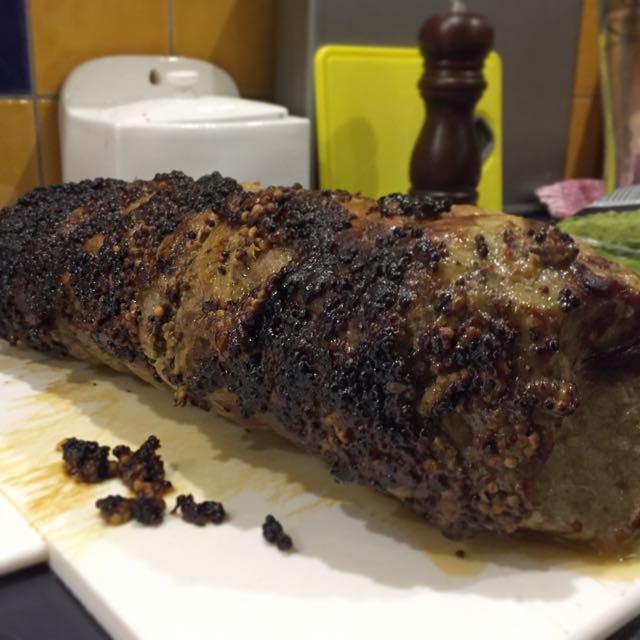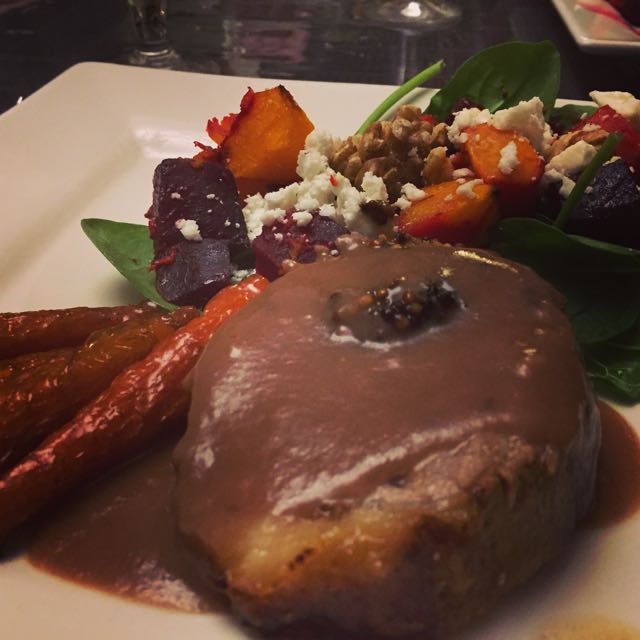Week 17/2021: week of 26 April 2021
I had a lovely day out with my sister and her friend at Mt Field National Park on Saturday, which was great because I could forget all about my to-do list and concentrate on not rolling my injured ankle clambering over large rocks on the Tarn Shelf. Did I succeed? No, I did not. But I can still walk, so I don’t think I did too much damage.
I still have a tonne of photos to sort through, so here are just a couple of them.
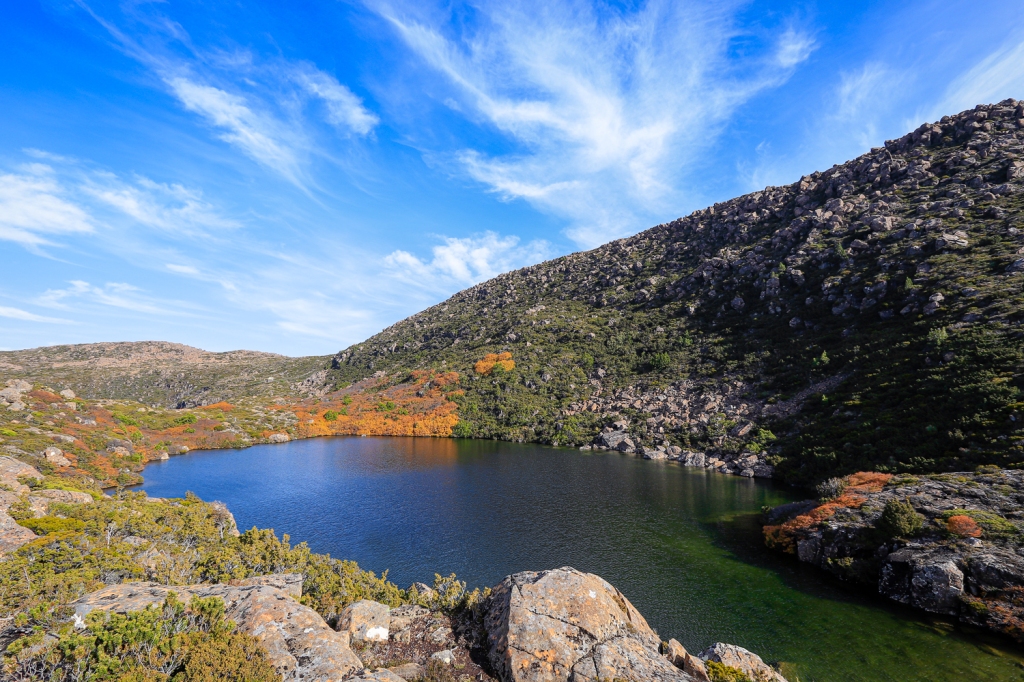
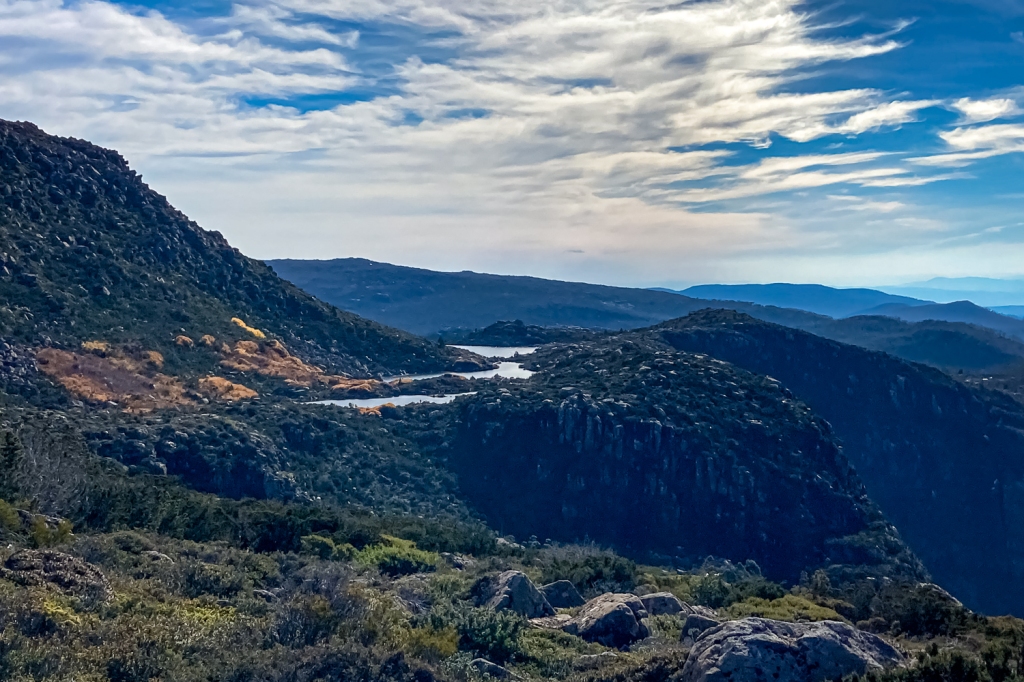
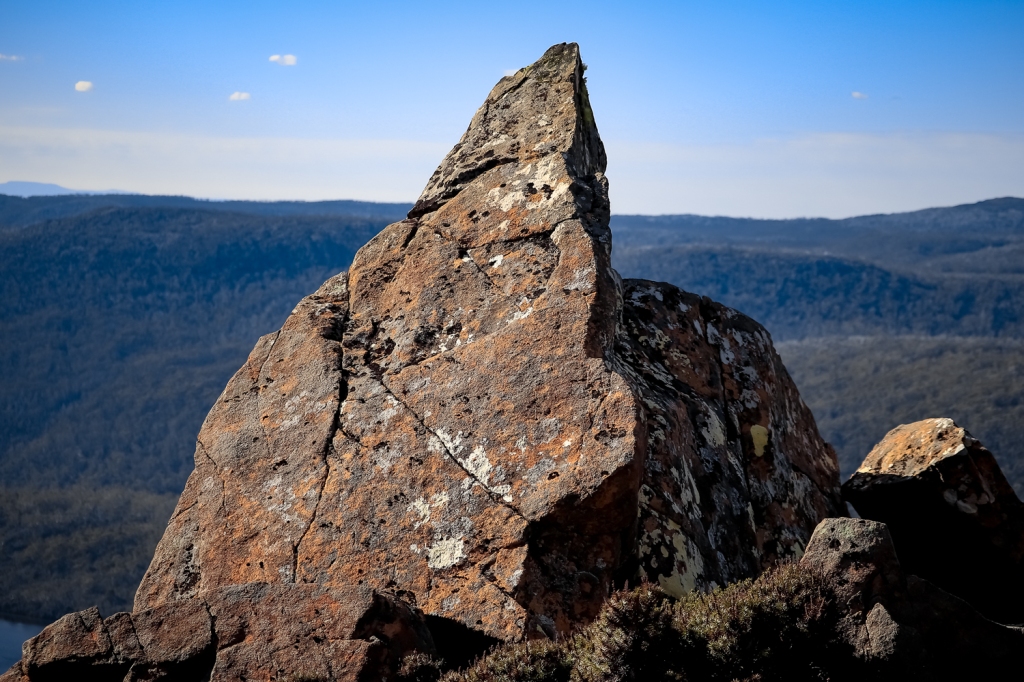
21 for 2021 update
This week in the Change Journal I worked on chapter 5, Digital Detox.
I don’t know that I learned that much from the exercise other than that on a bad day, if I was on social media and email and watching TV as much as I was that day every day of the year, I’d spend the equivalent of 43 days a year doing that.
43 days!!!!
Actually, this is a bit misleading, because I don’t normally watch TV and I have been lately because I watch Masterchef with Kramstable, and I check the Twitter feed about the show on my phone at the same time, so a lot of the time I counted as being on social media was double counted as TV time as well. If I hadn’t been watching TV, I might not have been on the phone either.
The idea of the chapter is to track your usage over the first four days of the week, to track your non-usage over the last three days and then work out how much time you’d save over a year by not going on the phone. I found that difficult, to actually track the times I thought about picking up my phone but didn’t do it, especially as I was out and away from the journal for most of the time so didn’t have any way to record near-misses. I sort of get what it was trying to do but it didn’t work for me.
I know what my main triggers for wasting time on the phone are. They are being in between tasks, not being sure what I should be doing or not really having anything to do. I know that on days I have a lot to do and I just sit down and do it, I spend a lot less time on the phone.
So I found this chapter more of a reinforcement of what I already knew, rather than something new.
Also, I completed 66 days of the habit of doing the pre-work routine (thing 20), which is part of chapter 7, so that thing is done. I’m also working through the journalling chapter (chapter 24).
I did some more work on my resume (thing 18)
Vegetable of the week
Thing 2 is to choose a different vegetable every week from the book In Praise of Veg and make a recipe from the book using that vegetable.
This week’s dish was Carefree Cabbage Curry (page 456). I’m not a huge fan of cabbage. In fact, I reckon it’s up there with Brussels sprouts and we already know what I think of them. However, Alice says, “Often, when cabbage gets braised, it is shredded, grated or chopped in some way where you lose the beauty of its folds and undulations. Here, the rich golden marinade and equally shimmering gravy only serves to emphasise the grandeur of this brilliant Brassica.”
Wow! What a description. It’s a love letter to cabbage, right? Writing like that is almost enough to turn the most ardent cabbage hater.
Almost.
For this dish, you cut cabbage into wedges, marinate it and then cook it in what is a very tasty curry sauce. (Note to self: you have run out of Kashmiri chilli.) It’s actually nice.

There, I said it. There is a cabbage dish I liked.
I think having the cabbage as such a big chunk bulks it up a bit so you don’t feel like you’re missing out by not having any meat in it. I can imagine I’d make this again.
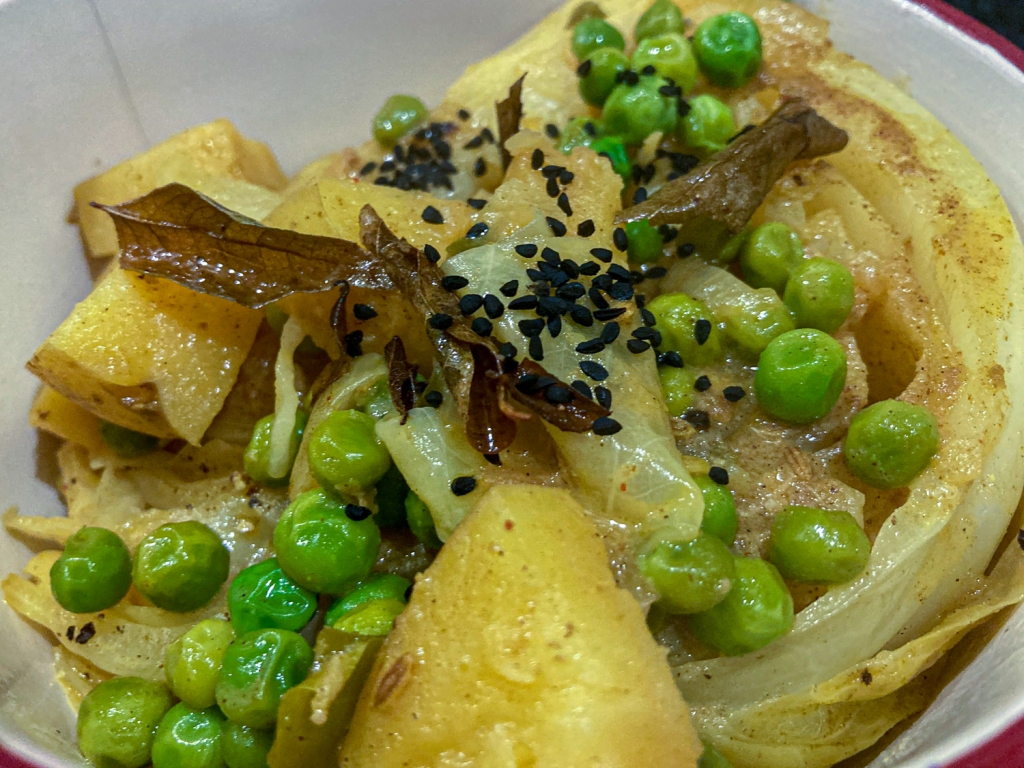
Regular projects
There are several things on my list that I have made a regular commitment to doing in the hope that this will be more likely to make me do them. I worked on these ones this week.
- Thing 5: Spend an hour a week working through my annoying undone things list. One hour on Saturday morning. I didn’t do this on Satirday as I was out but I did read a bit from one of the books that’s on the list during the week.
- Thing 8: Spend an hour a week working on Kramstable’s videos. I worked on this for a couple of hours on Sunday afternoon.
- Thing 9: Write my mother’s life story. I didn’t get much of a chance to talk to my mum this week, but I got her to identify some people in some old photos
- Thing 17: Brainsparker gym*. I finished lesson 3 of Module 5.
21 for 2021 summary
- Things completed this week: 1 (20)
- Things completed to date: 2 (1, 20)
- Things I progressed: 7 (2, 4, 5, 8, 9, 17, 18)
- Things in progress I didn’t progress: 7 (6, 7, 10, 11, 13, 14, 16)
- Things not started: 5 (3, 12, 15, 19, 21)
Blast from the past
Following on from my 10-year review of my blog, here’s another one of my favourite posts from 2011. This one is from 11 November 2011: eleven, which is about how I spent 11/11/11. Sick on the couch at home, it turned out.
I took a photo every hour that day for the 11Eleven project, which seems to have now disappeared. I don’t know if the book ever happened but I’m pretty sure none of my photos would have made it in!
When did I listen and what did I learn this week?
I went to a webinar on age discrimination in the workplace, which I found very interesting. One of the panelists asked why we have this constant fixation on chronological age, and said that focusing on age to categorise older workers is deficient and limiting. I found Kay Patterson, the Age Discrimination Commissioner, a real inspiration at age 76. This is all going to be relevant to my work in the coming months so it was a useful and thought provoking session for me.
I was also interested to see Hobart Council’s Crowther Reinterpretation Project in Franklin Square. This project provides local artists with the opportunity to respond to the statue of William Crowther, a public figure in mid-19th century Hobart.
The first project is called “Truth Telling” by Allan Mansell, and it considers Crowther’s treatment of Aboriginal man William Lanne (King Billy) after Lanne’s death, including decapitating his body.
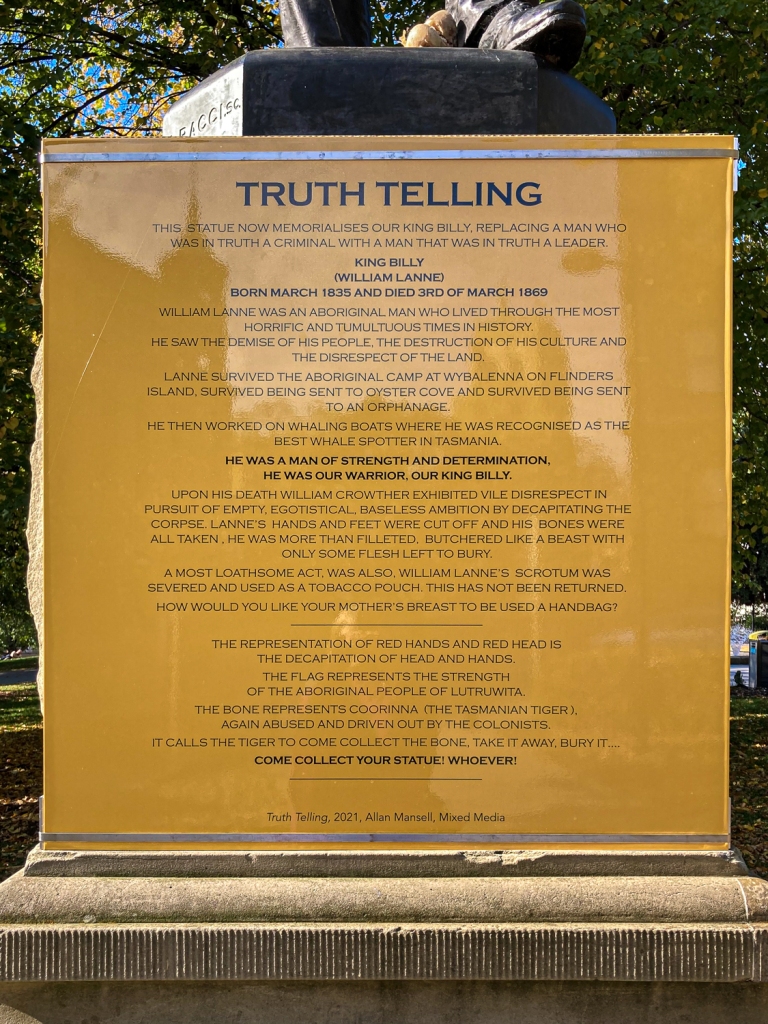
There will be four temporary artworks involving the stature over the rest of 2021. While I was aware of Aboriginal people’s bodies having been desecrated in the name of white people’s “science”, I didn’t know about William Lanne’s particular story, and I think this project is a good opportunity to, as the project description says, “acknowledge, question, provoke discussion or increase awareness about the story of Crowther and Lanne”. These are important stories that we need to learn about.
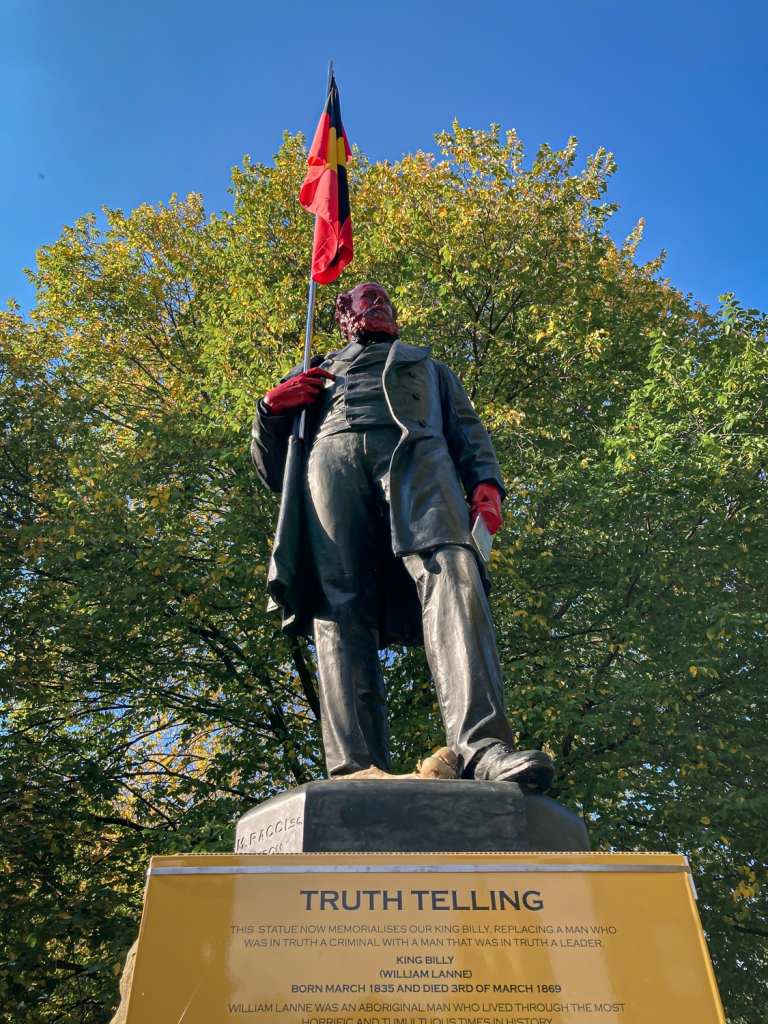
What was the best thing about this week?
The Tarn Shelf walk.
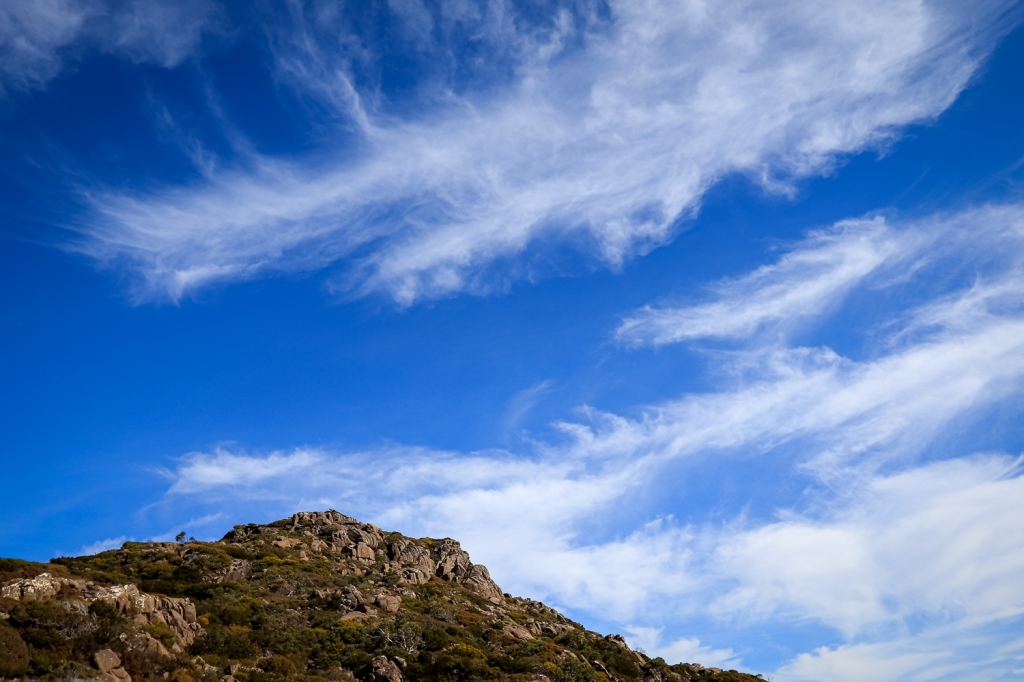
What I’m reading this week
- On Writing by Stephen King
- Dæmon Voices: On Stories and Storytelling by Philip Pullman
- Wanderlust: A History of Walking by Rebecca Solnit
Habit tracker
- Days I did my morning planning routine at work (Goal = 4): 4
- Days I did my post-work pack up routine(Goal = 4): 4
- Days I worked on my art (Goal = 2): 4
- Days I read a book (Goal = 7): 7
- Days I did yoga stretches (Goal = 7): 5
- Days I had a lunch break away from my desk (Goal = 4 work days): 4
- Days I went for a walk or did other physical activity in the afternoon (Goal = 7): 5
- Days I shut my computer down before 10.15 (Goal = 7): 7

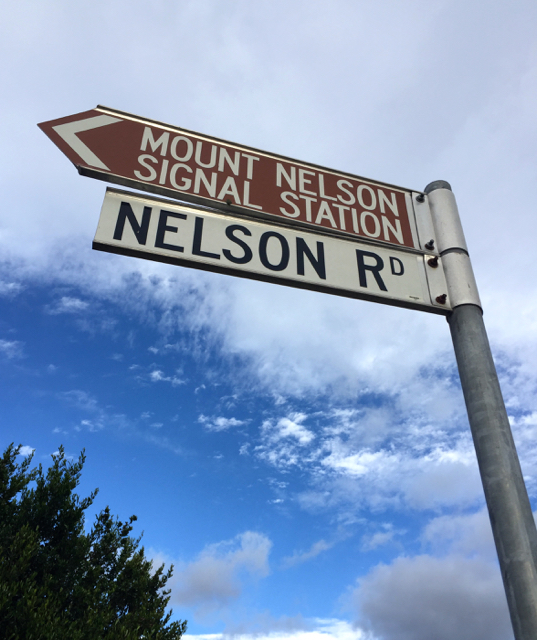
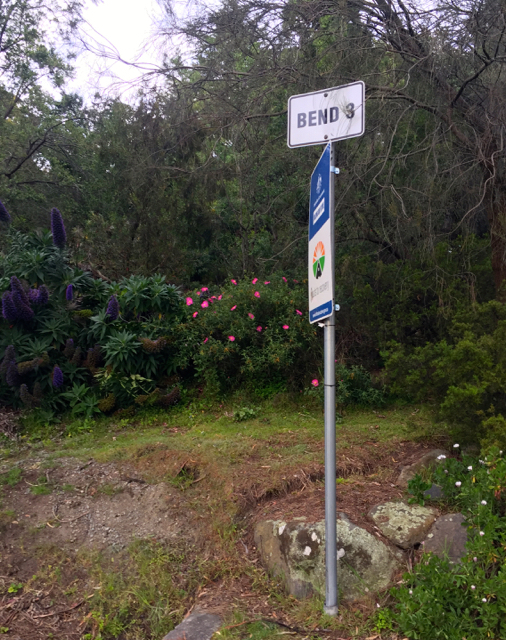
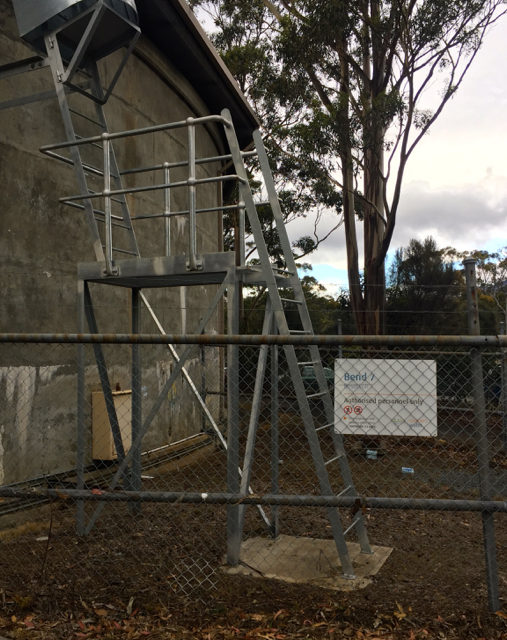
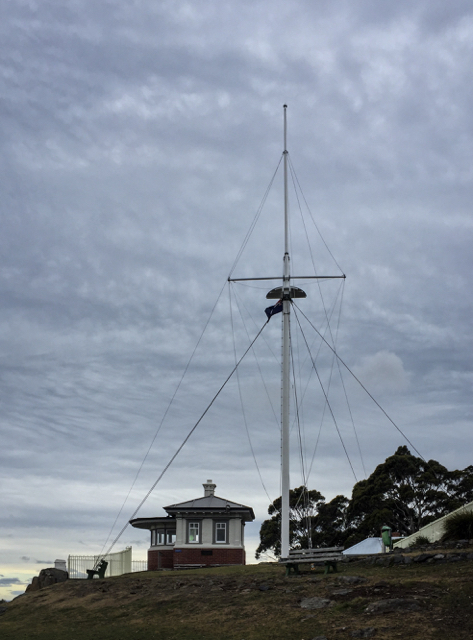 According to
According to 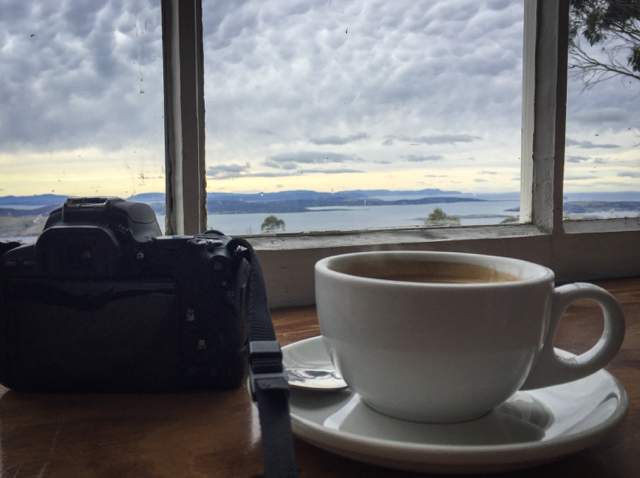 There’s a track leading down from one of the lookout points that takes you to Sandy Bay, so I thought it would be fun to see where that went. It leads through Bicentennial Park,
There’s a track leading down from one of the lookout points that takes you to Sandy Bay, so I thought it would be fun to see where that went. It leads through Bicentennial Park, 